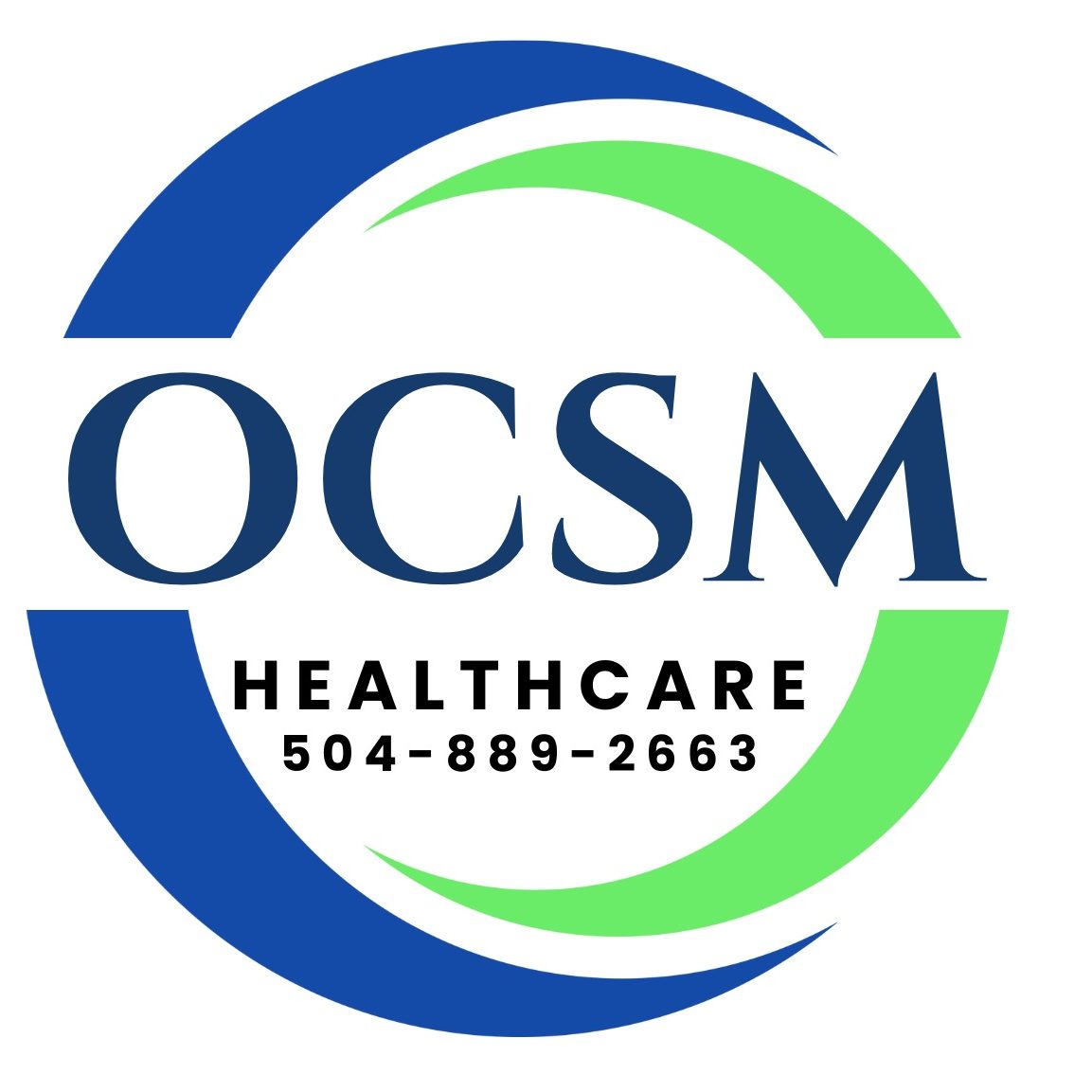The shoulder is a complicated ball and socket joint that is recognized as the most unstable joint in the body. Unlike a hinged joint, such as the elbow, there aren’t many bony constraints to keep the shoulder in check. The advantages of having such little constraint is that the shoulder enjoys the most motion of any joint in the body. In order to keep the humeral head (ball) stabilized in the glenoid (socket) throughout its full range of motion, a complex supporting cast of muscles, tendons, capsule, and highly evolved ligaments serve critical functions.
By definitions, a shoulder dislocation is any event in which the humeral head (ball) and the glenoid (socket) completely disengage. Although the shoulder is capable of dislocation in any direction, over 80 percent of dislocations are anterior in nature. Namely, the humeral head is violently forced out the front of the shoulder joint as the arm is wrenched back and excessively rotated. If the traumatic force stretches the surrounding joint tissue, but the head does not completely come out of the socket, this event is referred to as a shoulder subluxation. True shoulder dislocations are extremely painful events that, although capable of spontaneously reducing, usually require manual traction to reestablish the normal joint relationship.
The incidence of traumatic anterior glenohumeral dislocations in the general population has been estimated to be 1.7 percent. The age of the person at the time of the initial dislocation has a major influence on the incidence of repeat dislocation. Statistic reveal that the younger you are at the time of the first dislocation, the more likely the chance of developing chronic recurrent shoulder instability. Redislocation rates are as high as 90 percent have been reported in patients younger than 20 years old, 60 percent in patients 20-40 years old, and only 10 percent in patients more than 40 years of age. Hence, youths who sustain shoulder dislocations need to seek prompt orthopaedic care to avoid an unstable shoulder that is at increased risk of continually dislocating.
As you can imagine, an unstable shoulder that continually dislocates can result in significant disability, especially if the injury occurs in the person’s dominant arm. With the initial dislocation, a number of normal stabilizing structures are either torn or stretched. If these tissues are allowed to properly heal and the surrounding rotator cuff muscles are strengthened, then it is possible to have enough stability return to allow proper shoulder function. If left untreated however, an anterior dislocation can result diminished shoulder strength, decreased shoulder range of motion, and increased incidence of activity related pain.
Proper treatment of any shoulder dislocation includes obtaining a very detailed history of the injury as well as performing a thorough physical examination of the shoulder to rule out any associated injuries. These other possible injuries include torn ligaments, fractures of the humerus or the glenoid bones, rotator cuff tears, paralysis of from nerve damage, or vascular damage which can decrease circulation to the arm. X-rays can be used to confirm that the shoulder dislocation has been properly reduced, as well as to identify any associated broken bones. MRI scans (magnetic resonance imaging) can also be useful to identify any torn labral tissue within the joint or reveal the presence of an underlying rotator cuff tear. The presence of one or more of these associated injuries can have a significantly negative impact on the prognosis of the dislocated shoulder.
Fortunately, not all shoulder dislocation need to be treated surgically. This year, for example, Oklahoma University’s running back Adrian Petterson sustained a shoulder dislocation after falling awkwardly on his arm during a pre-season scrimmage. After this isolated episode, Adrian was able to aggressively rehab the shoulder with physical therapy and he enjoyed an outstanding season in which he almost won the prestigious Heiman trophy award. Derek Jeter, the New York Yankee five-time All-star short-stop, is another well-known athlete who was able to recover from a single episode shoulder dislocation without surgery.
Surgical stabilization of the glenohumeral joint is considered for patients with traumatic instability if the condition repeatedly compromises shoulder comfort or function in spite of a reasonable trial of rotator strengthening and coordination exercises. The goal of surgical management of the unstable shoulder joint is to restore stability by providing safe and secure re-approximation of loose cartilage and capsular tissue. Re-establishing the anatomic structures around the shoulder joints allow the humeral head (ball) to be secured back onto the glenoid (socket) to allow for safe motion.
Author Luis M. Espinoza MD Dr. Espinoza served as the AAA Team Doctor for the the New Orleans Zephyrs/BabyCakes since joining the Orthopedic Center for Sports Medicine in 2003. He is double board certified in General Orthopedic Surgery and Sports Medicine.
